好處:
1. 用統一的Image 套用到實體和虛擬電腦上, 方便管理
2. 只要用一set 工具便可實現
3. 快速部署新電腦
今次所需環境
WDS + AD + DHCP Server: Windows Server 2008R2
Windows Automated Installation Kit
Sysprep Tool
1. 預備Reference VHD
首先, 用Microsoft Virtual PC/Hyper-V 安裝OS, Application, 及設定所需設定, 之後用Sysprep封存, Sysprep主要功能在於「封存」到沒有SID的狀態, 主要是用來防止用戶在多台電腦安裝同一個Windows令出現網絡識別問題, 另外如果已經有實體電腦, 可以利用Disk2VHD Tool 轉成VHD 做可. 但都一定要執行Sysprep.
Sysprep 位置: C:\Windows\System32\sysprep
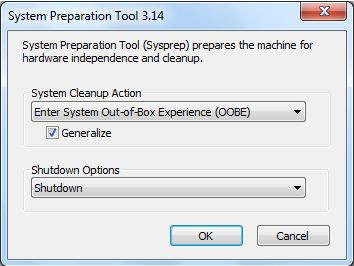
選取 OOBE, Generalize, Shutdown, 當執行完成便會自動關機, 之後便用這個reference vhd 來部署Client PC.
2. 安裝和設定Windows Deployment Service
Windows Deployment Service 要在AD 環境內實現, 在”Add Role” 選取”Windows Deployment Service” 和”DHCP” 服務, 然後”Next”
A. 在”Role Service” 選取”Deployment Server” 和”Transport Server”, 按”Next”
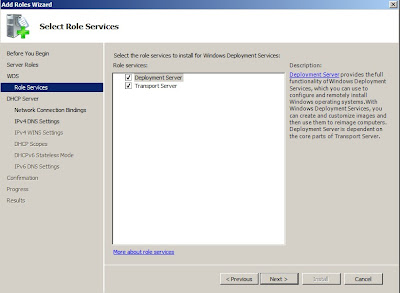
B.在設定DHCP 版面”Specify IPv4 DNS Setting” 輸入”Parent Domain”, “DNS Server IPv4 Address” 按”Next”
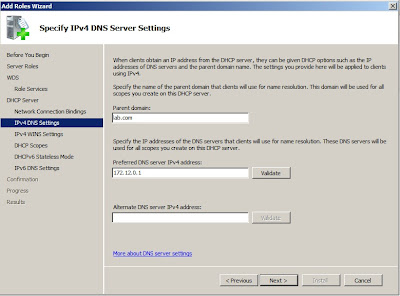
C. 在”Add or Edit DHCP Scopes” 新增DHCP IP 範圍, 按”Next”
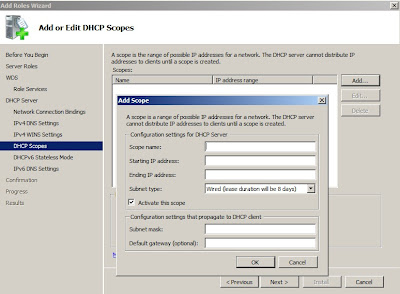
D. 在”Configure DHCPv6 Stateless Mode” 選取”Disable DHCPv6 stateless mode for this server”
之後按”Next” 再按”Install” 等待安裝完成.
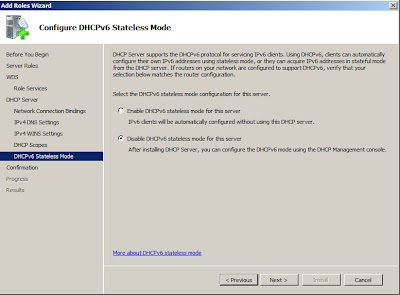
E. 打開”Windows Deployment Services”,按”Add Server” 新增server
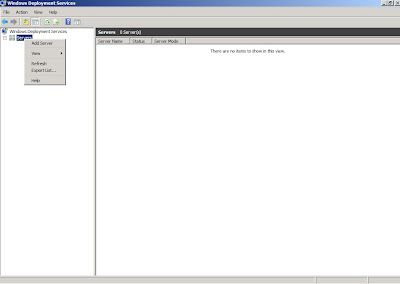
F. 在DHCP Tab, 因為DHCP 和WDS Service 都是同一部機上, 所以要選取兩個options
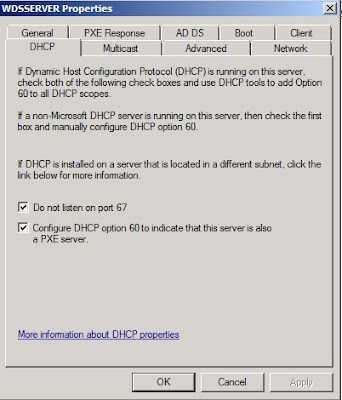
G.在PXE Response Tab, 因為稍後在AD DS上會預先設定client computers, 所以WDS Server只會response to KNOW client computers
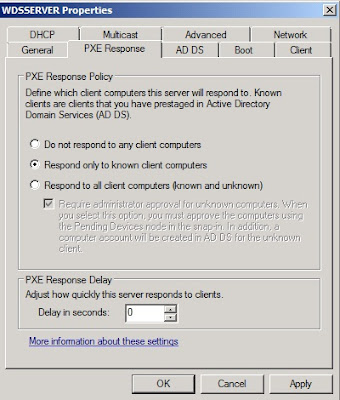
H. 在Boot Tab, 可以設定client computer boot from PXE 時需不需要按F12 才可以繼續, 而Default boot image, 可以預設會用哪個boot image 來開機, 稍後會用command 分別為不同client computers 來套用不同boot image.
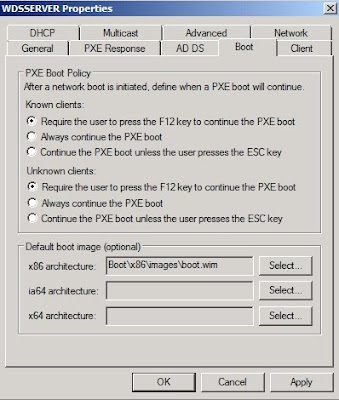
3. 新增boot & install images
A. 新增Boot Image, 可在Windows 7 或Windows Server 2008 R2 安裝碟內找到\source\boot.wim
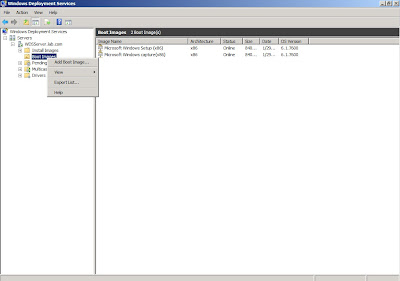
B.在Install Images Folder 新增Image Group “win7”
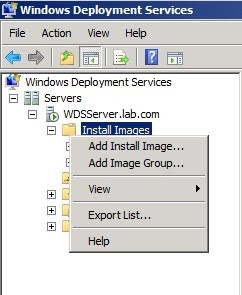
C. 安裝WAIK, 並用Administrator 執行Deployment Tools Command Prompt.
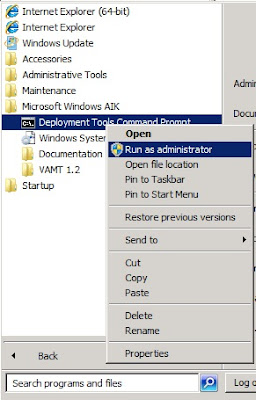
D. 把已封存的VHD 新增到WDS 內, 因為在WDS MMC 不能直接新增VHD 檔案, 所以要用command 來實現
Wdsutil.exe /verbose /progress /add-image /imagefile:”c:\win7.vhd” /imagetype:install /imagegroup:”win7”
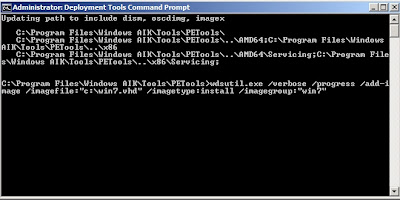
E.新增成功便可在WDS 控制台發現已加入的image

F. 開啟Windows System Image Manager,建立兩個files, unattended file 是~來回應Windows Deployment Service, answer file是回應安裝windows 7.
建立一個unattended file 叫”unattend7” 並儲存在”C:\RemoteInstall\WdsClientUnattend”
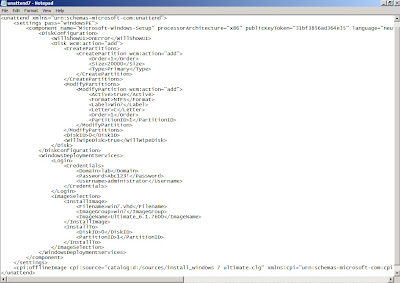
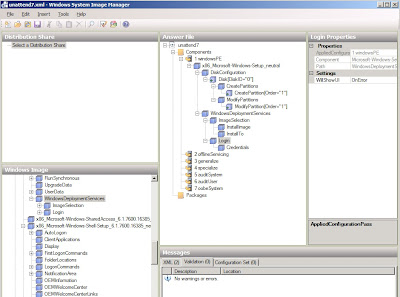
G. 建立一個answer file 叫”WdsUnattendTemplate”, 並儲存在任何地方
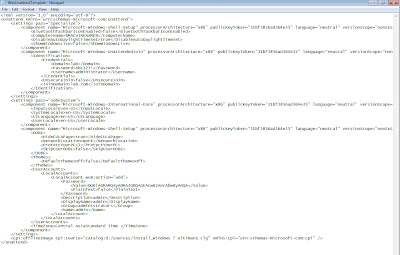
H. 回到WDS控制台, 展開”Install Images”滑鼠右鍵指向Image, 按”Properties” , 選取”Allow Image to install in unattended mode” , 選取剛剛建立的answer file
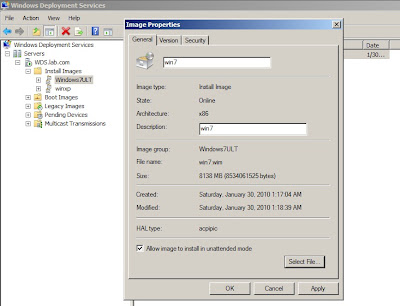
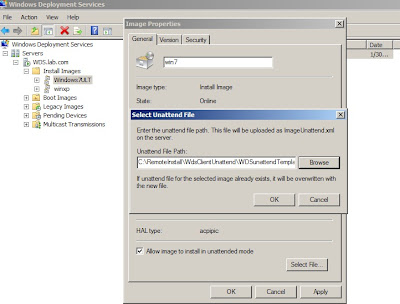
4. 預先設定client computers, 並設定Client Computer使用指定的Boot Image, Install Image.
A. 在DC 上開啟Active Directory Users and Computers, 新增”Computer” 在computer’s unique ID: 輸入client computer GUID: {xxxxxxxx-xxxx-xxxx-xxxx-xxxxxxxxxxxx} 或MAC address: 0000000000000000mac address (在mac address 前要加入20個0), 設定WDS Server Name
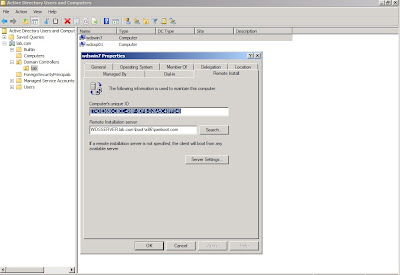
在Deployment Tools Command Prompt, 設定computer 其他資料, 如要套用哪個unattend.xml, pxeboot.com, boot image, Join Domain 權限
Wdsutil .exe /set-device /device:wdsxp01 /ID:{xxxxxxx} /ReferralServer:wdsserver.lab.com /Bootprogram:boot/x86/pxeboot.com /wdsclientunattend:WDSClientUnattend\unattend7.xml /User:lab\administrator /JoinRights:Full /bootimagepath:boot\x86\images\boot.wim

查詢Client 設定資料
Wdsutil.exe /get-device /device:name
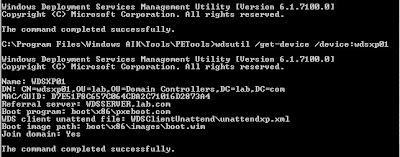
5. 開始Deploy Client Computer
啟動Client Computer 並按”F12”選擇從Boot From Network, 之後做會完全自動化直到整個Windows 7安裝完成.
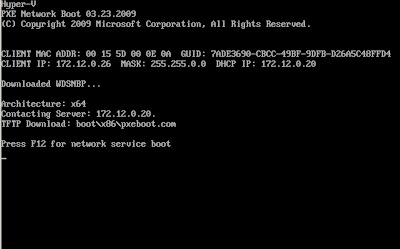
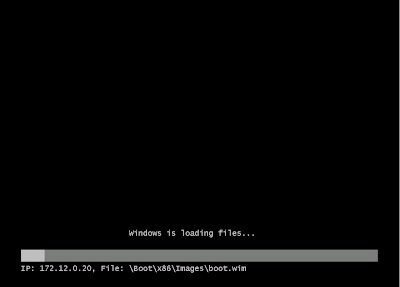
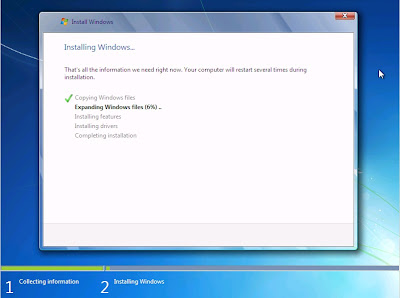
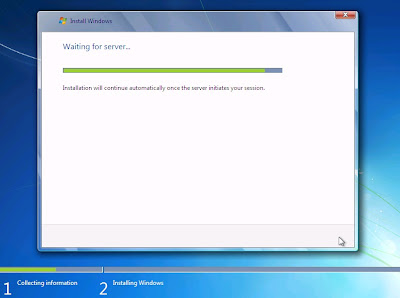
沒有留言:
發佈留言